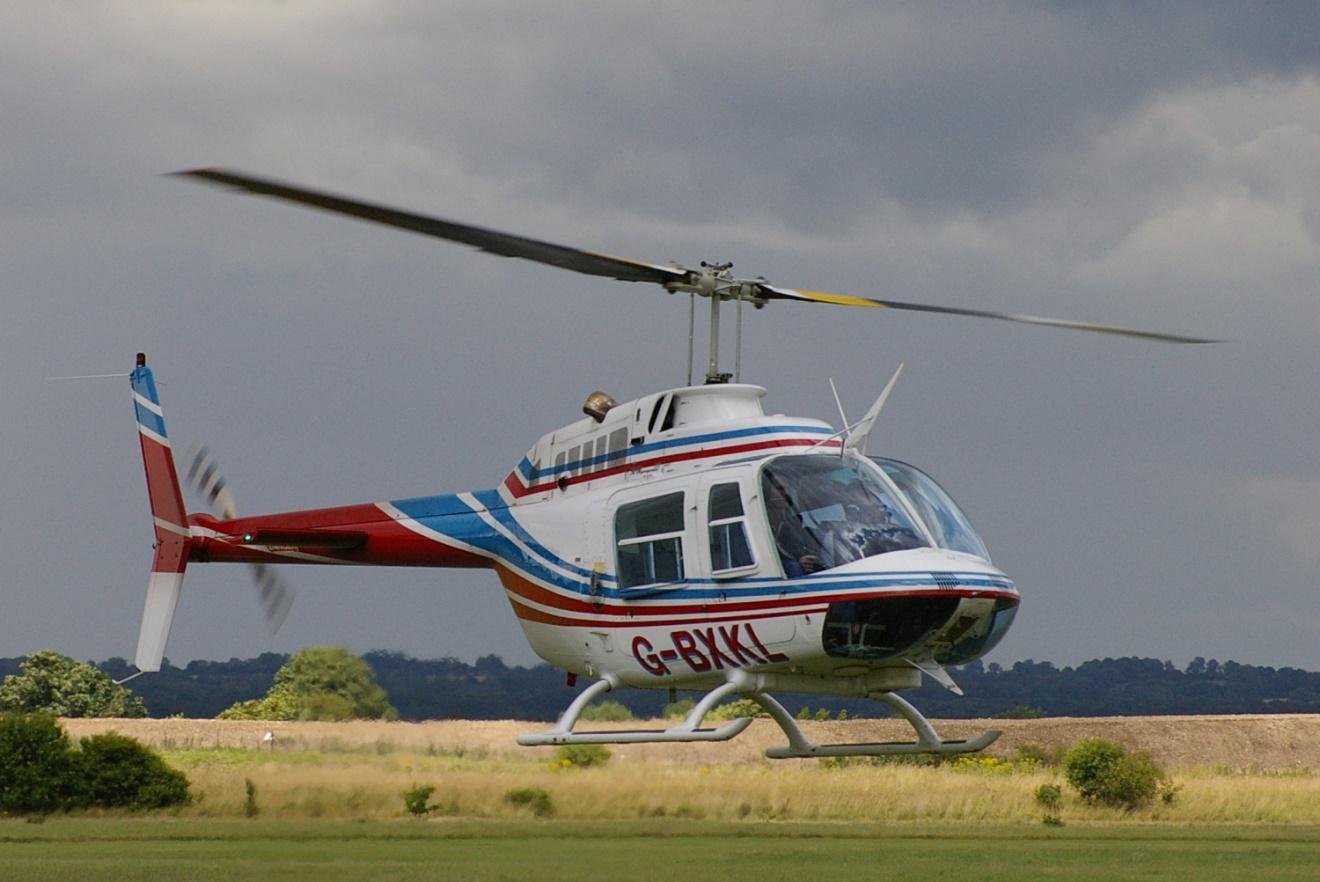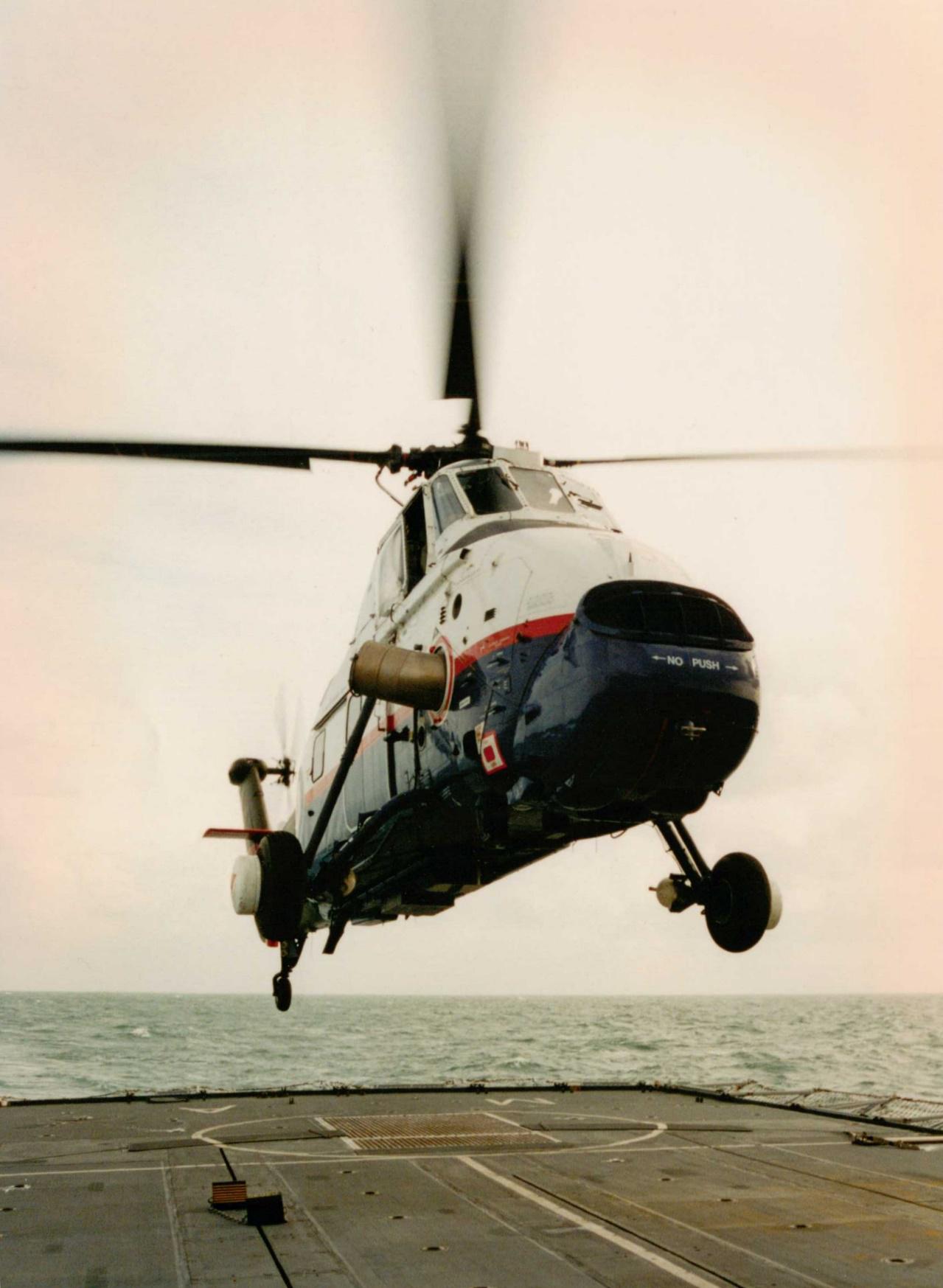Author Q&A – Chris Taylor
Q&A with author Chris Taylor.
Since writing my book ‘Test Pilot’ and its publication in March 2022 I have been asked numerous questions about my test flying – particularly the aircraft I have been fortunate enough to fly. I have listed just some of the questions I’ve been asked in recent days and the answers I’ve provided.
What is the best helicopter I have flown?
This is another very tricky one to answer even though you would think it would be easy! I’ve been asked it numerous times and I still can’t provide a one line answer … really?
There is no perfect aircraft and there definitely is no perfect helicopter. The engineering and aerodynamic challenges facing helicopters are huge! So helicopters, more than most aircraft, tend to be designed around specific requirements. Sure, some civil types end up being used for a multitude of tasks but they will be better at some aspects of flying than others.
So the initial candidate for my favourite helicopter has to be the Westland Wasp HAS1. This was my first operational type as a young fledgling Fleet Air Arm pilot with shiny gold wings just attached to my left sleeve. I found it difficult to fly … so I worked at it much harder. It turns out that in later life, as a test pilot, I was able to definitively determine it really was very difficult to fly. Despite that, I safely clocked up over a thousand deck landings and around eight hundred hours flying in extreme weather and sea states with only one small indiscretion. And the ditching wasn’t my fault as the engine stopped!
Although I loved flying the Wasp my next type – the Westland Lynx HAS2/3 did everything a Wasp could do and more. In my humble opinion; if anyone asks you to land a helicopter on a ship – make sure it’s a Lynx. It had a reasonable amount of power, a good tail rotor (eventually) and terrific undercarriage that allowed the vertical deceleration of an abusive landing to be soaked up with minimal risk of damage – unlike the Wasp that caught out a few of my colleagues. Additionally the Lynx had a semi-rigid rotor head which effectively allowed it to be flown upside down. The army did for displays, the navy didn’t, but some of my ninety degree wingovers might have missed the target angle of bank just a tad every now and then.
In many ways my favourite type was the Westland Wessex. I mention this in passing in my book ‘Test Pilot’ and more fully in my second book. I missed out on flying the Wessex operationally in the Fleet Air Arm but flew it extensively at Boscombe Down for trials purposes. I loved the seating position sitting well above the two gas turbine engines. The door was also a large sliding window which almost always was latched open to create a wind in the hair feeling. The aircraft had lots of spare power, was surprisingly agile and again had terrifc undercarriage that coped well with all manner of terrain and landing on ships. In my final few weeks on my trials squadron I took my Wessex to RFA Fort Victoria and then on to the Type 23 frigate HMS Marlborough. It did fit but only just!
Perhaps my last military helicopter I must add to the list is the Bell AH-1W Whisky Cobra. I was fortunate to test fly this phenomenal attack helicopter at the United States Navy Test Pilot School at Patuxent River. This was the US Marine Corps version of the attack helicopter that had been used so prolifically in the Vietnam War. BUT – even better – it now had two rather than a single engine. Again the power available was awesome. Not only that but it could easily achieve over 190 KIAS which I was happy to demonstrate on my ‘pretend’ rocket attack!
When it comes to civilian types I have flown plenty … quick or powerful or spacious BUT I confess I mostly have a soft spot for the humble Bell 206 JetRanger. This is the helicopter that has featured on almost 90% of movies which feature helicopters either in the main or in passing. It is the preferred mode of transport for all manner of on-screen villains and, despite its age, manages to retain a modern racy appearance. I first learnt how to fly the JetRanger out in Georgia, USA. I was out there building hours on a Schweizer piston engine machine – hours I needed to log in order to be able to instruct on piston engine helicopters in the UK. During a break in proceedings I was asked if I would like to ferry a JetRanger down to Florida? Really? What do you think! Their request was not even finished before I was reading up the flight manual in eager anticipation. And I loved flying it. It was the smaller brother of the Vietnam era Bell Huey. With just two very large blades it could be parked at the side of a cluttered hangar and pushed out almost single handed. It requires a ‘low gain’ control strategy due to its teetering rotor – you have to imagine yourself as a ‘flower power hippy’ with a laid back approach. Although it has a poor tail rotor, it is one of the most forgiving helicopters ever designed following engine failure. The momentum stored in its heavy rotor blades allow even the most amateur of pilots to complete a safe engine-off landing. During my time as a tutor at the Empire Test Pilots’ School, Boscombe Down I flew the type extensively in support of the graduate course and numerous short courses I ran. At the time using civil registered aircraft for test pilot training was novel whereas now it is the norm. I still fly, instruct on and examine on the type to this day.
So a good number of favourites depending on the day of the month and on which side I got out of bed – but, if really pushed, I would probably end up voting for the Wessex.






………………………………………………………………………………………………………………..

Test Pilot is available to order here.

